Modern genetics traces its beginnings to Gregor Mendel, an Austrian monk, who grew peas in a monastery garden. Mendel was unique among biologists of his time because he sought quantifiable data, and actually counted the results of his crosses. He published his findings in 1865, but at that time, people didn’t know about mitosis and meiosis, so his conclusions seemed unbelievable, and his work was ignored until it was rediscovered in 1900 by a couple of botanists who were doing research on something else. Peas are an ideal organism for this type of research because they are easy to grow and it is easy to control mating. So, if it weren't for the things people did, we would probably remain CLUELESS of what's happening around. If it weren't for them, we would base such discoveries into somehow fictionized matters... A mutation is a permanent change in the DNA sequence of a gene. Mutations in a gene's DNA sequence can alter the amino acid sequence of the protein encoded by the gene. How does this happen? Like words in a sentence, the DNA sequence of each gene determines the amino acid sequence for the protein it encodes. The DNA sequence is interpreted in groups of three nucleotide bases, called codons. Each codon specifies a single amino acid in a protein. Mutate a sentence! We can think about the DNA sequence of a gene as a sentence made up entirely of three-letter words. In the sequence, each three-letter word is a codon, specifying a single amino acid in a protein. Have a look at this sentence: Thesunwashotbuttheoldmandidnotgethishat. If you were to split this sentence into individual three-letter words, you would probably read it like this: The sun was hot but the old man did not get his hat. This sentence represents a gene. Each letter corresponds to a nucleotide base, and each word represents a codon. What if you shifted the three-letter "reading frame?" You would end up with T hes unw ash otb utt heo ldm and idn otg eth ish at. Or Th esu nwa sho tbu tth eol dma ndi dno tge thi sha t. As you can see, only one of these three "reading frames" translates into an understandable sentence. In the same way, only one three-letter reading frame within a gene codes for the correct protein. Now, going back to the original sentence: Thesunwashotbuttheoldmandidnotgethishat. See how you can mutate the reading frame of this sentence by inserting or deleting letters within the sentence. It's easy to make mutations that create "NonsensE" sentences. Can you make mutations that maintain or change the meaning of the sentence without creating such nonsense? Insights Learned: The first part talks about how the ancient people lived their expectations to things that are yet to know by scientists. That's how hard people believed in the early centuries, not until scientists have discovered the truth. But to their "Heroicness", people had enough knowledge and they knew it and it was passed on to the next generation. People thought creatures are made up of PANGENES which they thought are tiny little pieces that made up a HOMONCULUS, a tiny pre-formed human. But with the help of Gregor Mendel he states the laws he made up and have liable proofs in it using the garden peas. He used the garden peas because it is easier to raise. The video talks about how genes are formed, for example the Central Dogma of Molecular Biology topic we had before, the Duplication, Translation and Transription, and also the protein synthesis. Like what our teacher said, we are one BIG walking PROTEIN. It also talks tells us that the genetic codes we have is like a recipe when we cook, and these recipes are passed on to other people by means of reproducing and thus, offsprings inherits such phenotypes. For example, when someone says to you that you have your mother's eyes, it means that You inherited the genes for copying the genes which your mother has given you and instructs the proteins to follow it. The second part is all about mutation, and mutation for me are abnormalities in which genetics codes grew to be unusual with the other ones. It has altered the responsible tasks the protein needed to do. The sample above which is the sentence, illustrates how mutations are happening. So if you had read it already, it means that one mistake of a particular gene means the whole chaos or destruction or whole change of all the other genes. We are studying genetics because if we will not, we will not be aware of things around us, We would remain on believing false beliefs. Science is made to give valid proofs, which prevents us also from such mistakes and failures. Without it, we would believe that if a person looks like a crab, people believed that during the pregnancy of his mother, she craved for a crab, and this concept is wrong. We study to correct the wrongs of people, We do not only correct them, but as well as educating them as much knowledge we can share. "We surrender our knowledge to those who deserves the right knowledge..." and that is the job of the Stockedknowledge ^_^ posted by: Mark Kevin B. Bartolome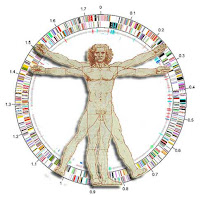
 What is a Mutation?
What is a Mutation?
Tuesday, March 4
Wonders Over Curiosity
Subscribe to:
Post Comments (Atom)



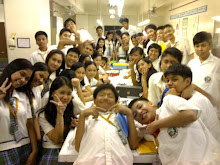




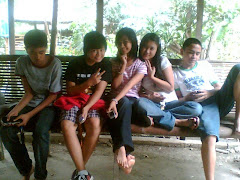

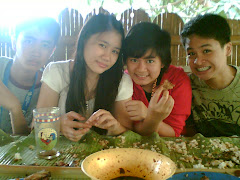.jpg)






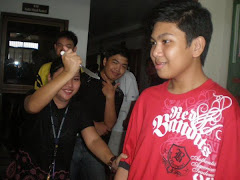.jpg)

.jpg)

No comments:
Post a Comment